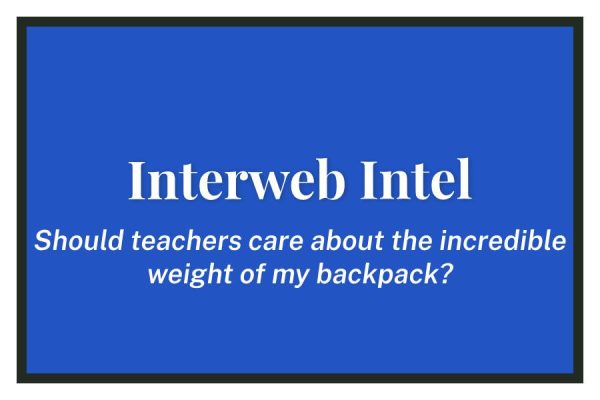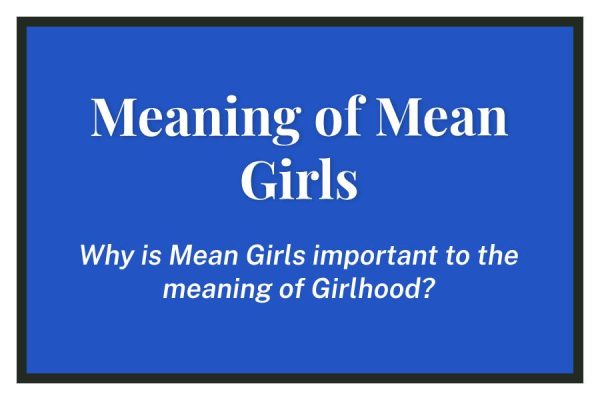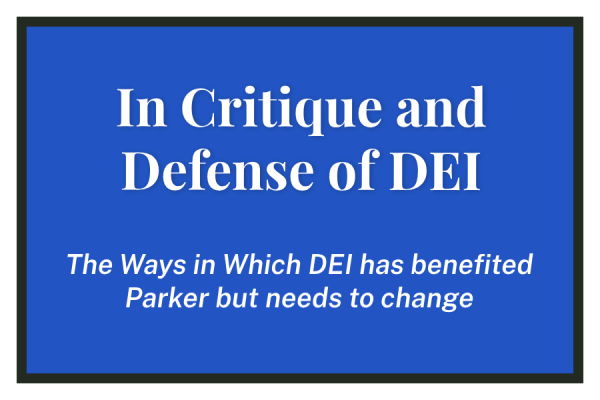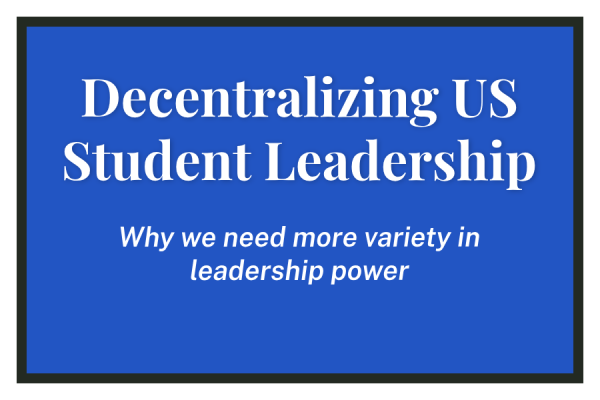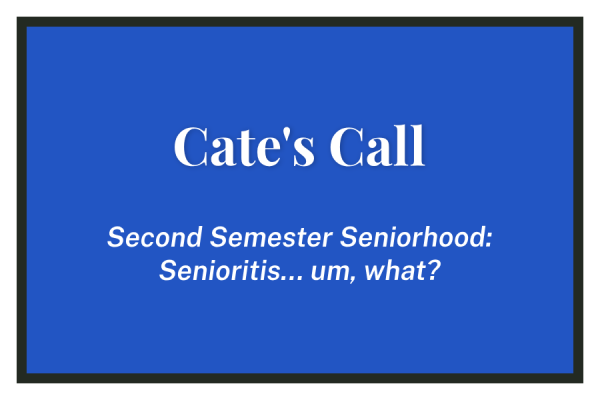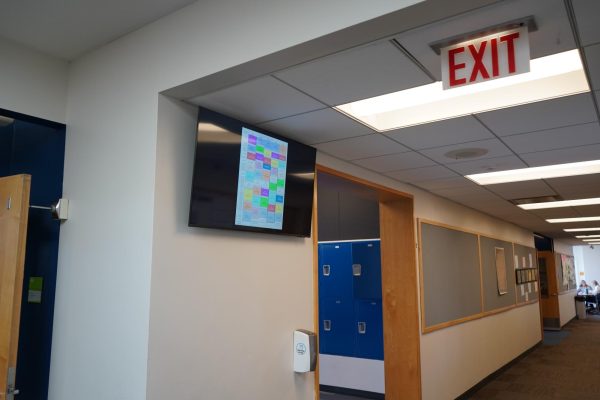Victory Royale!
Hold Your Fire, Parker students
It’s a Thursday night. I’m in my bedroom, struggling to finish my homework. I try hard to concentrate, but my focus quickly strays from the chemistry problems staring at me from a dimly lit laptop screen. A few rooms down the hallway, my 12-year-old brother lounges atop a furry bean bag with a remote control in one hand and a bag of flamin’ hot Cheetos, smuggled from the kitchen, in the other. A wave of whoops and hollers roll off his tongue into a microphone connected to a bulky headset.
It’s a Thursday night, and he’s killing people.
Like 3.4 million other people in the world, my brother is playing Fortnite Battle Royale. So the whoops and hollers coming from within the walls of my own house are echoed when I open my phone, or pass by the sophomore bench. My Instagram and Snapchat feeds are overwhelmed by screenshots of ‘Victory Royales!’ signalling when a player has won.
“Be on at 7, OK?” I hear shouted across the hallway.
Teenagers seem to be entranced, as if, with a little practice, they expect to win a badge and medal for their bravery.
Of course the shooter at Marjory Stoneman Douglas high school shot 17 students, and his reward was a prison cell.
We praise the cyber-killer, and I just don’t get it.
In an attempt to understand the appeal, I pick up a remote. Instantly, I have crossed a threshold of some sorts, deserting real life for its pixelated counterpart. I parachute off of a flying bus onto an island with 99 other players fighting to stay alive—a virtual Hunger Games. I am no longer a 15-year-old girl with brown hair and green eyes. I’m an older man wearing a dragon hood, with a rifle strapped across my back.
After several minutes of reloading in preparation for a target, I see him.
With the click of a green button, I make my first kill, and I feel a sense of accomplishment. Simultaneously, I feel disgusted. Yet something inside me wants to keep playing.
I attended the March for our Lives on March 24 because I am sick of having to see school shootings on the news, and I don’t think lockdown drills should be considered ‘normal.’ Just a few weeks ago, following the school’s 17-minutes of silence, I clutched a poster tight in my hands, chanting and marching in solidarity for gun reform.
And so did my brother.
The same boys who participated in the walkout are now sitting in their basements for hours on end shooting people. When they stood alongside students crying out, ‘Save our children!’ and bearing signs urging change, did they feel remorse?
Video games such as Fortnite and Call of Duty are the most popular and enjoyable on the current market. One can play and collaborate with friends on a team, images displayed on screen are visually stimulating, and the games allow players to explore their competitive natures—all features contributing to the appeal. Instead of flipping through pages of a book, or channel surfing through late night shows and cartoons, the #1 after school procrastination ‘strategy’ is now killing nameless people for glory..
According to a Surgeon General report, 99% of boys play video games, of which, 31% feel addicted. 90% of games targeted to children older than 10 contain violent images, and only 50% of parents audit ratings. The report found that exposure to violent media results in boys’ becoming less sensitive to the suffering of their peers, more anxious and fearful of their surroundings, and increasingly engaged in acts of aggression. By the time seniors graduate high school, they have, on average, seen at least 200,000 acts of violence on screen, including 40,000 murders.
America is obsessed with watching people get hurt. During Bears vs. Packers football games, we cheer in delight as a player wearing a Green Bay jersey gets tackled to the ground, or sustains a concussion. In hockey, the game always seems to get more interesting when the gloves come off, and a real fight begins, both players assured to wake up black and blue the following morning, or worse. We chant and urge them on. In ultimate fighting, a multi-billion dollar industry profiting off extreme violence, the name of the game is to knock your opponent to the floor as quickly as possible, despite any blood he may shed or teeth he may lose.
I want to avert my eyes. But I can’t bring myself to look away.
How do we differentiate types of violence? One involves real emotions, real people, real gravestones. The other features pixels, TV screens, and ‘Start Again!’ buttons. But the line becomes blurred when one attends the ‘March for Our Lives’ to empathize with victims of gun violence and stand against politicians who work under the NRA–only to return home to reload an animated assault rifle and shoot people for the rest of the evening.
I turn to leave the room. “Hypocrite,” I blurt.
“Why?” he asks.
What followed was a rant that went somewhat along these lines: “You don’t like guns. You hate them! You talk about how it makes you angry that your best friend hears gunshots outside his house, and has had to experience losing people that he loves at the expense of a bullet. Yet you sit here playing a game where you try your best to kill 99 other people before they get the chance to kill you. That is hypocritical!”
“What does that have to do with this?” he shrugs, as he takes another shot.




